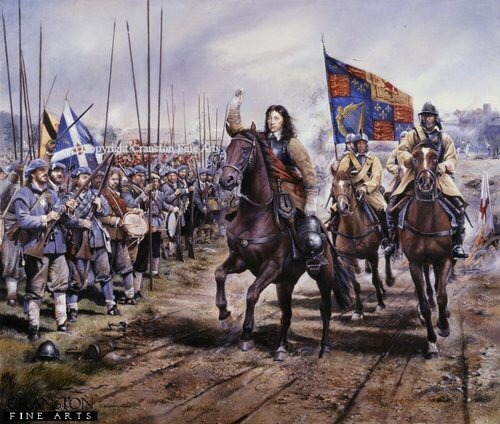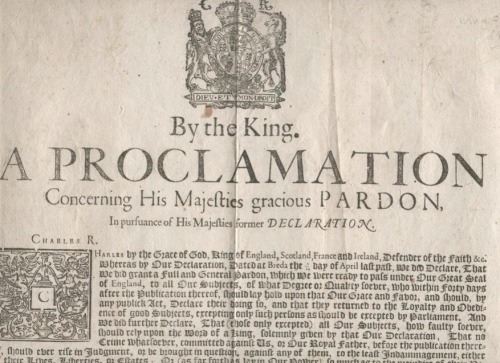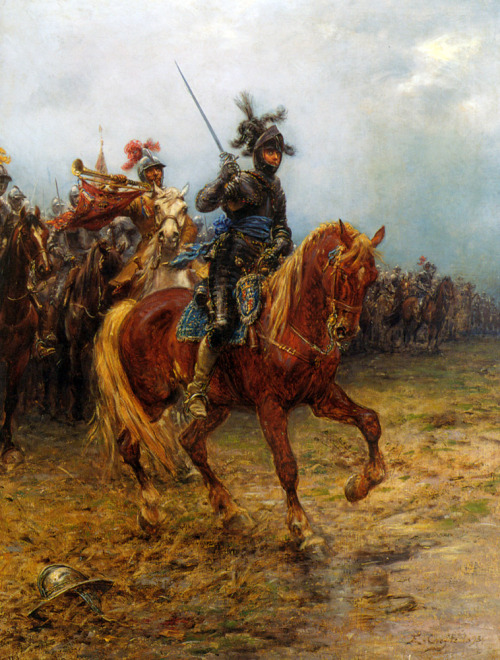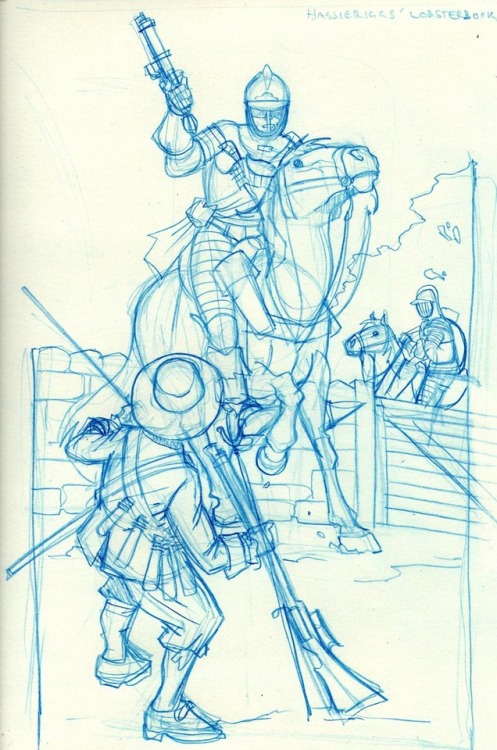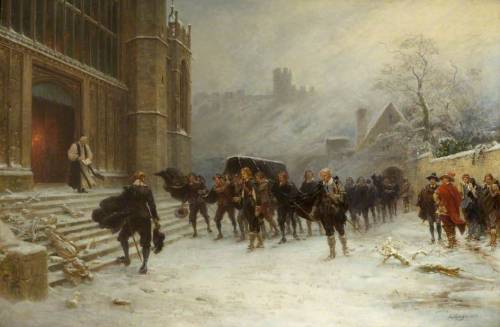#english civil war
Slip ware dish commemorating Charles II famous escape from the Roundheads in 1651 By William Talor 1680-85
Estimated to be worth £45,000-60,000, it depicts the moment in the English Civil War when the 21 year old Charles II hid in a huge oak tree in Boscobel House, Shropshire to escape the attentions of marauding Roundheads. He had been soundly beaten the day before at the Battle of Worcester on 3 September 1651 by Cromwell’s New Model Army and remained perched in the tree for several hours until the danger passed. With the Civil War effectively over, Charles gave up the struggle to regain the throne and escaped to mainland Europe where he lived until the Restoration of the Monarchy in 1660.
The tale of the Royal Oak gripped the public imagination and Pepys recorded in his diary that the King has related it to him personally. The dish was made by William Talor in the early 1680s and is only one of four dishes by the potter on this theme to have survived.
Post link
By the King, Charles II
A Proclamation concerning His Majesties gracious Pardon in pursuance of His Majesties former Declaration dated June 15th 1660.
The crucial Proclamation of the Restoration – Charles had agreed to Parliament’s requirement that he should offer a pardon to all those who had fought against the Royalist cause in the Civil War but only as long as they declared their allegiance to the restored Monarchy.
Post link
Prince Rupert and his dog Boye
From the 1st English Civil War pamphlet “The Cruel Practices of Prince Rupert” (1643)
Post link

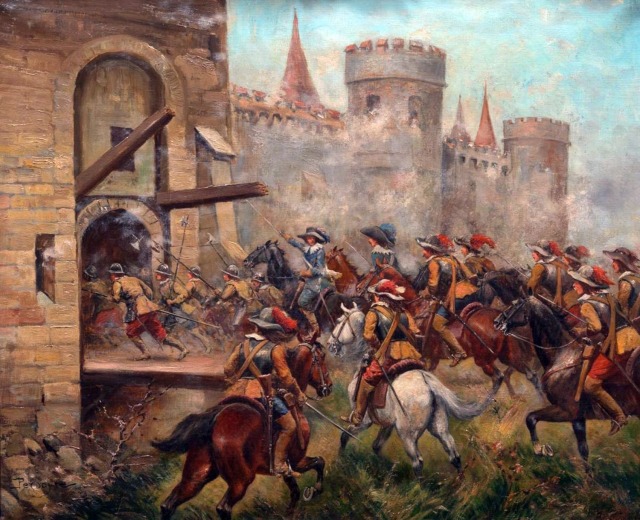
Charging the drawbridge by Paul Emile Léon Perboyre
I’m not going to hide my distaste for Henry Wilmot, father of John, as I rather think he spent most of his life drunk and making poor choices that almost got a lot of people killed. For example, taking part in an active army plot against parliament in 1641 for which he was expelled from the House of Commons and committed to the tower.
Nevertheless he took over from Prince Rupert as Commander of all the Royalist Cavalry and aided Charles I in many battles. However he subsequently made contact with the Earl of Essex, the parliamentarian commander-in-chief. Charles I saw this as treason and Henry was arrested on August 8th, 1644, he was stripped of all offices and was exiled to France in return for his charges being dropped, (by doing this he escaped execution.)
Charles II did not share his father’s opinion of Henry and he brought him back from France to be a Gentleman of the Bedchamber. Charles II placed great trust in Henry, so much so that after his defeat at the Battle of Worcester, Charles allowed Henry to hide him and then help him escape to the continent.
They shared the subsequent European wanderings, with Henry visiting Emperor Frederick III, Nicolas II Duke of Lorraine and Frederick William Elector of Brandenburg on Charles’ behalf. However Wilmot refused to disguise himself and declined to travel on foot, causing more than a few problems for the exiled King Charles.
In March 1655, Wilmot was back in England and led an unsuccessful uprising on Marston Moor and upon it’s failure, Wilmot once again fled the country.
He died in 1656 as a result of sickness in an overcrowded barracks in Bruges.
Front page of London’s Intelligencer weekly newspaper during the height of the English Civil War, October 1643
Source:The National Archive UK.
Post link

